“Identity on Screen” is a study material designed for secondary school students. The topic of identity, or knowing oneself, gives students the opportunity to bring together considerations taken from the natural sciences, the social sciences, as well as the humanities. The starting point for the learning modules is the novel Truth and Justice by Anton Hansen Tammsaare, and its film adaptation by Tanel Toom and his team.
Part I of Truth and Justice is considered a key text of Estonian-language culture. Owing to this, the use of the text in this educational environment affords debate over national identity, as well as the comparison of its respective mediations in literary and film language, pretty much a century apart. Furthermore, these texts also offer intriguing examples through which to conceptualize the development and functioning of interpersonal, social relationships. Moreover, the Vargamäe story is also the story of one person’s relation to his or her land, and all of the living beings which also call it home. Therefore, the objective of these study modules is to help discuss the notion of identity and self-knowing, from the perspectives of human relations, national belonging, and the living environment.
In addressing the topic, this digital learning environment integrates words, sounds, still and moving images, and the opportunity for interactive games, plus provides appropriate links to other Internet sources. Consequently, “Identity on Screen” aims to advance both digital and cultural literacies simultaneously.

When a man is searching for the permanent and lasting, he is searching for that in faith, science and even practical life; he is searching for that because only by perseverance can one's mind undertake something, only by perseverance can he express an idea and get an idea of the living, ever-moving.
